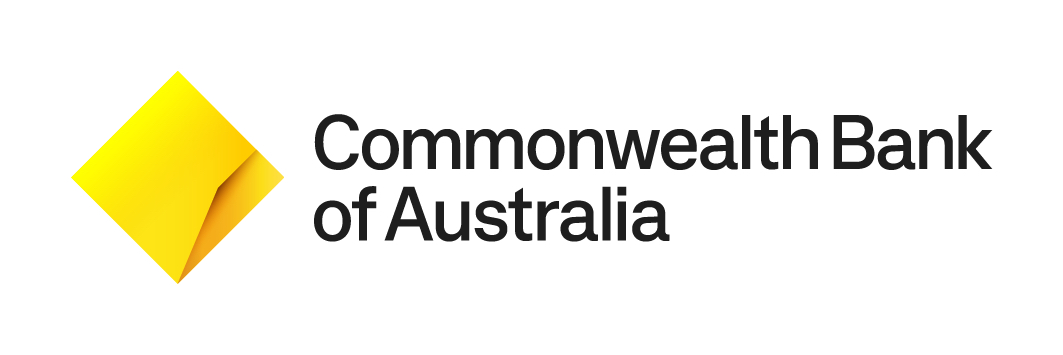
A global view on high-grade New Zealand
While the world wrestled with accepting inflation in late 2021, the Reserve Bank of New Zealand led, abandoning QE in July as its economy recovered from the pandemic-induced slowdown. At the KangaNews New Zealand Debt Capital Market Summit in December 2021, a collection of international high-grade market participants shared their perspective on the global economic backdrop and the year ahead.
Panel participants noted New Zealand’s higher yield is increasing the value proposition for investors even as fiscal and monetary tightening becomes a global phenomenon. “New Zealand is at the forefront of global tightening and has seen some pretty vicious moves,” said Adam Donaldson, Sydney-based head of macro sales at Commonwealth Bank of Australia. “It has been a hard-to-read central bank at times, but at least there seems to be a programmatic tightening path and longer-term bonds are starting to look appealing.”
Jon Day, global bond portfolio manager at Newton Investment Management in London, added the end of New Zealand’s QE programme has made the country’s debt more attractive. While New Zealand is not a benchmark market for Newton, it is a good portfolio diversifier.
Day noted his portfolio intends to return to more active involvement in the market. “The US curve is flattening and there is a question of how much influence QE is having,” he added. “The Federal Reserve is hoovering up bonds and, while this is likely to decrease, its impact on the curve concerns me especially if inflation remains elevated.”
However, while interest rate increases might be priced in, any relative comfort could be premature. Jay Merchant, Singapore-based head of fixed income, Asia at Norges Bank Investment Management (NBIM) said further interest rate increases are priced in but could be overdone.
New Zealand is a core benchmark allocation for the Norwegian sovereign wealth fund. “The RBNZ [Reserve Bank of New Zealand] is a quick moving central bank and very reactive, so we have to be careful. It might make more sense in this context for us to bet on fewer hikes rather than more,” Merchant said at the conference.
For issuers, New Zealand offers investor diversification. Chihiro Fujimoto, financial officer at World Bank, said New Zealand’s primarily domestic investor base makes Kauri issuance an important part of its strategy, noting that “we typically do not see these investors in other markets”.
Since July 2007 – when World Bank opened the Kauri market with a NZ$350 million (US$250 million) seven-year print – New Zealand dollar issuance has become a growing part of many supranational, sovereign and agency (SSA) funding strategies. To date, 20 different SSAs have visited the market since its inception and in 2021 a total NZ$7.8 billion of Kauris came to market – a record year.
Fujimoto said World Bank aims to maintain a presence in New Zealand. “We have been actively pursuing the Kauri market since 2007 and feel we have a strong relationship with the investors and set liquidity across the curve,” she commented.
“The RBNZ is a quick moving central bank and very reactive, so we have to be careful. It might make more sense to bet on fewer hikes rather than more.”
Button TextLIQUID PAPER
While New Zealand high-grade bonds attract favourable yields and offer a diversified investor base, liquidity has long been an issue. The buyer base remains small and concentrated with limited secondary activity compared with larger global rates markets. There are local hopes of a positive marginal effect from potential inclusion in major global government bond indices, expected later in 2022.
Even so, Merchant highlighted the inconsistency between New Zealand inflation-linked bonds’ strong appeal and how the asset class performs in the secondary market. “New Zealand linkers are arguably some of the most attractive bonds on a cross-market basis,” he commented. “They are easy to buy, but very difficult to sell. This is something we have struggled with. It is difficult to express a position with conviction when we are not sure if we can get out of it.”
Day agreed but said there are some benefits. “At least we get paid for the exposure. One of the reasons real yields are high is because of the liquidity premium. But at least we know we are getting value for our money – which makes it justifiable.”
Day still has some trepidation, though. He noted the market slowdown in the early days of the pandemic has made him more cautious. “I know the RBNZ offered support eventually, but there was a time when the New Zealand market effectively did not exist. This continues to influence how we position ourselves in any bond,” he said.
There have been important developments in the New Zealand QE space after the KangaNews event. In February, the RBNZ disclosed plans to sell down its holdings at a rate of NZ$5 billion per year starting in July 2022. Market participants are relatively unconcerned but will be watching closely (see p28).
While the New Zealand market has its constraints, Fujimoto said World Bank has not noticed hesitation from investors. In fact, its Kauri issuance has increased, with its last deal – a NZ$1.5 billion Sustainable Development Bond – a record for the market.
World Bank’s success has not happened by chance. Building a liquid line is a key strategy for the issuer as it attempts to attract increased investor diversity, Fujimoto said. This Kauri commitment is shaping improved liquidity in the secondary market. “More than 30 investors participated in our November 2021 Kauri transaction, where typically we see around 20,” she noted. “Offshore investor volume also tripled compared with our previous April 2021 trade.”
“I imagine New Zealand’s first green government bond will get a lot of demand and trade at a premium. But we can have too much of a good thing. If there are too many green bonds from New Zealand the premium will likely go away."
Button TextGREEN PREMIUM
New Zealand Debt Management (NZDM) expects to issue its first sovereign green bond in late 2022, with further details to be released by mid-year. Environmental, social, and governance (ESG) issuance still carries a premium in New Zealand and the deal is expected to be popular with investors.
Day believes New Zealand’s green bonds will trade in a similar way to green gilts in the UK, in other words commanding a premium. The UK Debt Management Office issued its first green Gilt in September 2021, a £10 billion (US$13.5 billion) 12-year issue via syndication. It followed with a £6 billion 32-year green Gilt a month later.
“I imagine New Zealand’s first green government bond will get a lot of demand and trade at a premium,” Day said. “But we can have too much of a good thing. If there are too many green bonds from New Zealand the premium will likely go away.”
Merchant agreed NZDM’s inaugural green deal will experience strong demand, but added investor mandates – including his own – have moved past the point where they are crucial to a portfolio, despite NBIM’s historical support of the product.
“Green bonds have been around for a while, and in the early days we made an active and intentional effort to promote them,” he explained. “However, the market has become mature since then. In my mandate, there is no requirement to own green bonds – it is a financial decision. I look at how it prices and if there is a decent new-issue premium.”
World Bank has moved in a similar direction with its ESG-themed bonds. The multilateral development agency printed the world’s first green bond in 2008 but has since broadened its approach to a more holistic one with its Sustainability Development Bond label, which recognises the entire balance sheet rather than proceeds being allocated to specific projects with a narrow definition.
Fujimoto said World Bank introduced the Sustainability Development Bond label to highlight all its activities, as its mandate is entirely focused on achieving positive impact and all projects follow the same environmental and social standards. World Bank’s approach has expanded to a point where climate is integrated in all activities, not just those that are included in the green-bond definition.
Expanding the scope of the bond issuance label also offered an opportunity to highlight activities across the entire World Bank portfolio of projects and loans. “The market needs to consider all ESG factors, not just green,” Fujimoto explained. “It is not possible to achieve environmental goals without considering social and governance factors.”
“More than 30 investors participated in our November 2021 Kauri transaction, where typically we see around 20. Offshore investor volume also tripled compared with our previous April 2021 trade.”
Button Text
nonbank Yearbook 2023
KangaNews's eighth annual guide to the business and funding trends in Australia's nonbank financial-institution sector.

WOMEN IN CAPITAL MARKETS Yearbook 2023
KangaNews's annual yearbook amplifying female voices in the Australian capital market.












